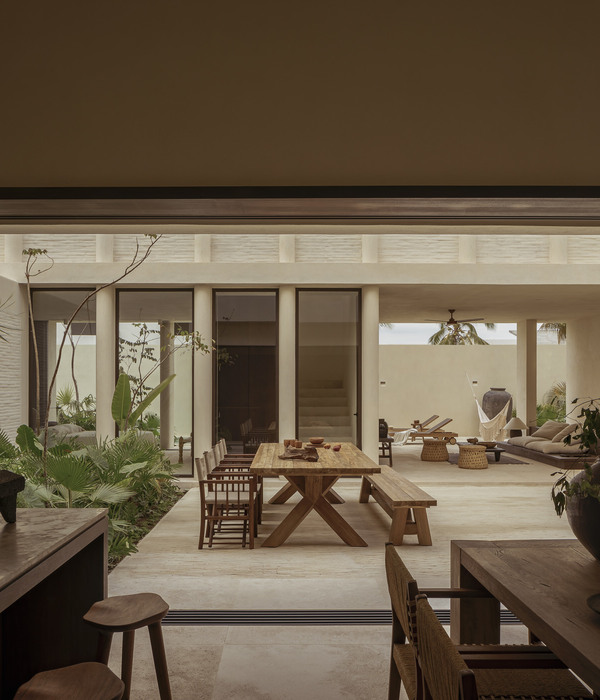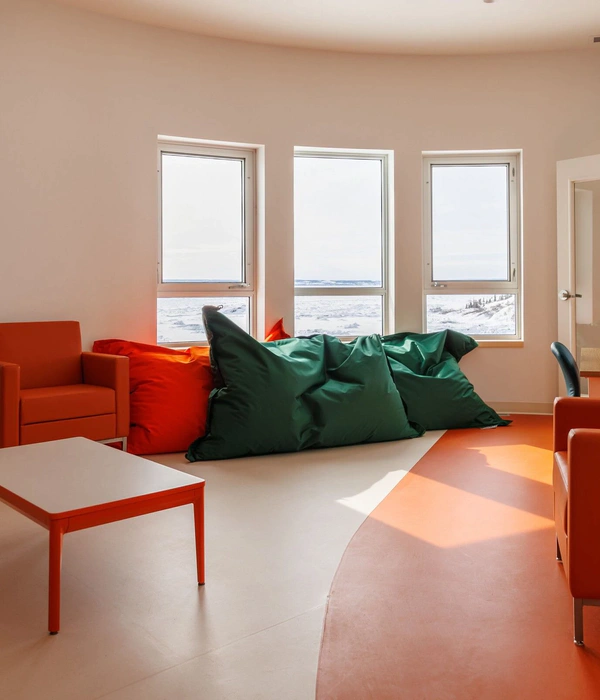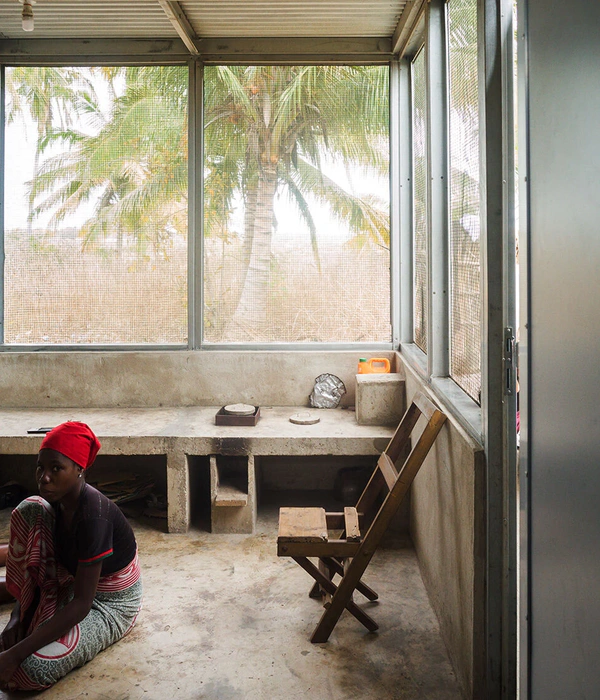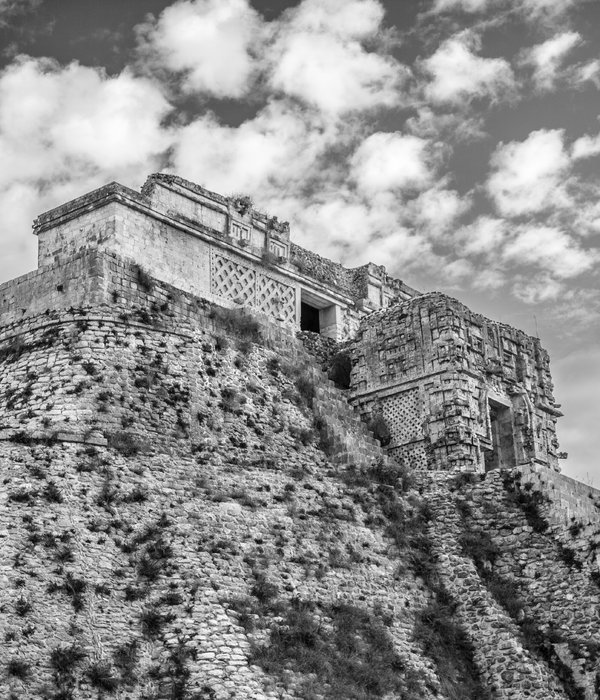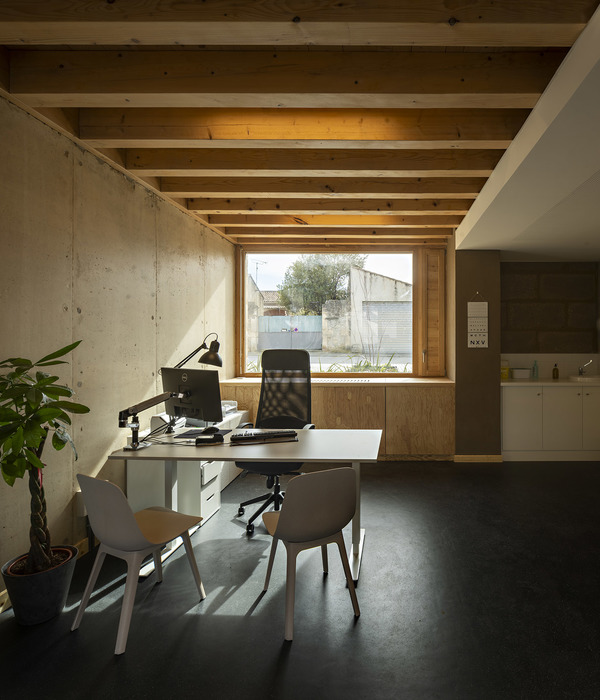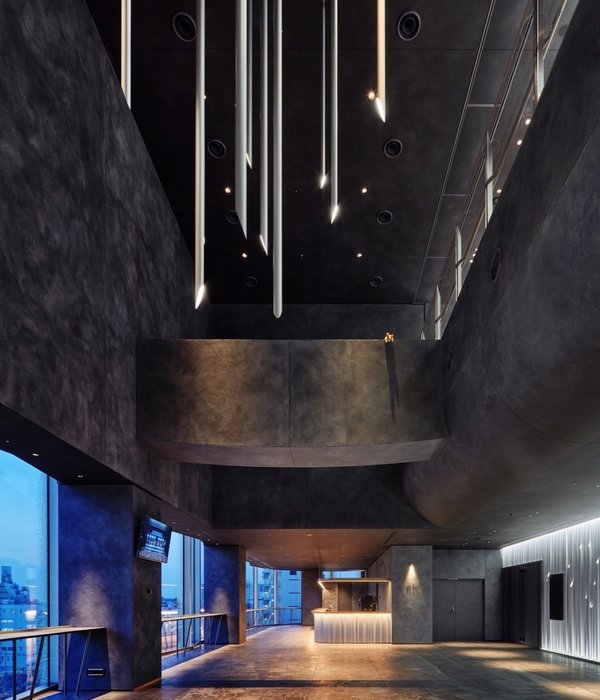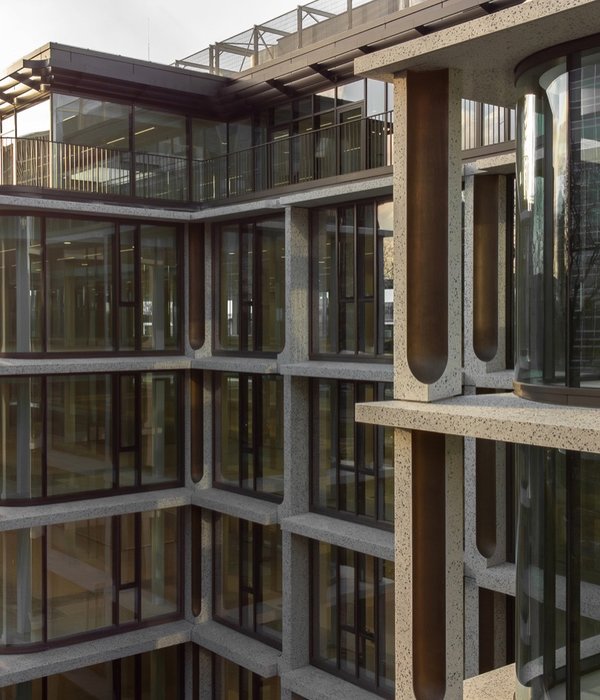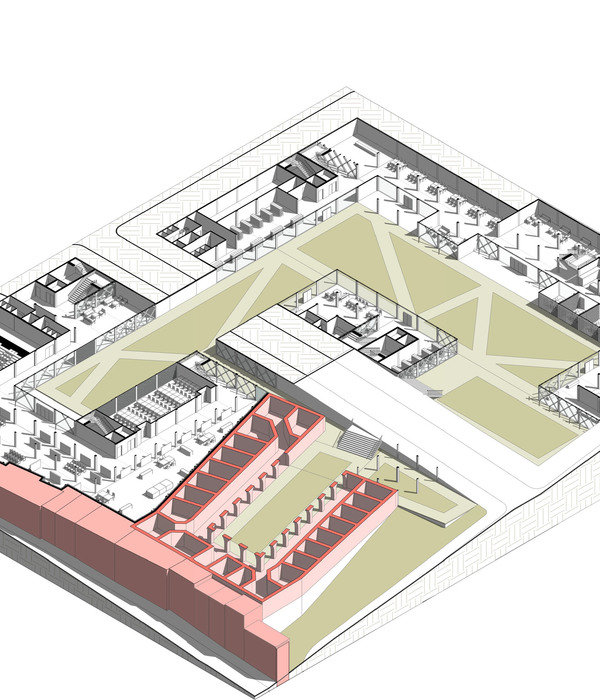Architects:GAD Architecture
Area :10346 m²
Year :2022
Photographs :Cemal Emden, Gizem Uçar
Landscape Architecture :DS Architecture, DS ARCHITECTURE
Lighting Design :NA LightStyle, NA LightStyle – Nergiz Arifoğlu
Structural Engineering :Yapı Akademisi Engineering
Electrical Engineering :Elsan Electrical Engineering, Elsan Electric
HVAC Engineering :Cilingiroglu Engineering & Consultancy
Architectural Project & Design : Gokhan Avcioglu – GAD
Architects & Interior Design Group : GAD & Sinan Kafadar - METEX
Client : Divan Grup
Wayfinding Design : Gökhan Karakuş & Gözde Eren
Acoustic : Nurgül Beyazıt
Restoration Specialist : Prof. Dr. Gülsün Tanyeli, Prof. Dr. Şevket Dönmez, Prof. Dr. Hayri Fehmi Yılmaz, Prof. Dr. Feridun Çılı, Prof. Dr. Sait Başaran
Awards : 2015 Green Good Design Award for Divan Kurucesme, The European Centre for Architecture & The Chicago Athenaeum
Construction Area : 10346 m2
Project Site Area : 6851 m2
Year : 2008 – 2022
Country : Turkey
Text by Gökhan Karakuş. The restoration of historical architecture in Istanbul has been a fraught issue in the modern period. Istanbul is a city with a 6000-year-old history dating to the Neolithic period with layers upon layers of archaeological remains. Modern architecture and urban planning have often had to contend with these layers causing great disruptions to exist historical and archaeological traces of the city's past. The embedded geological, structural, and cultural past of Istanbul has in most cases been roughly repurposed and often completely destroyed in the modern period. The needs of the modern city, especially roads for automobiles and new dense urban commercial centers meant that prominent buildings from the Byzantine and Ottoman eras were largely erased from the cityscape. Buildings with architectural value such as the Ottoman İncili Köşk near the Topkapi Palace or the Direklerarası Byzantine era arcade in Fatih were razed in the 20th century due to the growth of the city's roads.
Recently over the past thirty years, we have seen similar dynamics in Istanbul's urbanism. Historical buildings with great importance to the city's history and urban character have been eliminated removing these architectural traces of the past. But interestingly the repurposing of many of these buildings has been done in a way these buildings have been preserved by name only in a very superficial manner. Buildings such as the Narmanli Han in Beyoglu or the Karakoy Passenger Terminal in Karakoy were transformed through major changes to their structure and interiors. These landmarks of Istanbul's urbanism were reduced to simplified iconographic representations retaining scant pieces of their architecture and exterior elements. The historical past, its surfaces, interiors, colors, and forms in architecture were erased, permanently removing these layers of material history that gives Istanbul its urban character.
Cultural heritage as urban assemblage was reduced to images losing 3 dimensional spatial, structural and material properties of the urban context. It is in this framework of repurposing the structural, spatial, and material reality of Istanbul's past in the present that we review the new Divan Kurucesme event and conference center in the Kurucesme district on the historical Bosphorus zone of the city by Global Architectural Development. The Bosphorus Strait is one of the most prominent features of the city. The Bosphorus shores, hills, villages, and the concomitant largely residential architecture found there a vibrant and living center of Istanbul's urban life. GAD's strategy of retaining the materials, structures, views, and critically, interior elements have preserved the past life of the Bosphorus into a contemporary architecture that conceptually repurposes the Divan Kurucesme as a dramatic new addition to the geography.
The Cultural Heritage of the Bosphorus: Architecture, History, and Topography - The Bosphorus Strait of Istanbul is the city’s most prominent topographic feature and an important part of Istanbul's identity. The shoreline of the Bosphorus on both the Asian and European sides of the city with its historical urban fabric is a cultural heritage zone that has strict building regulations designed to the limit size and scope of building in the area. GAD’s Divan Kurucesme project in the Kurucesme district on the European side of the Bosphorus for an event space for the Divan Hotel Group, one of Turkey's largest hotel brands, had to factor in the historical importance of the Bosphorus and its restrictive building codes while also providing a contemporary setting for events in line with the tastes of the era.
A Contemporary Architecture for the 21st Century Bosphorus - The architecture strategy by GAD for the Divan Kurucesme subtly introduced a new language for the seaside site drawing references to the existing historic fabric of brick retaining walls, terraces, vaults, and arches belonging to a pair of no longer-extant Bosphorus yali or mansions. Construction of new visible features was limited to the extension of the main event hall terrace with an undulating steel structure and canopy creating a “wavy” roof that covers the main multipurpose event salon and also reflects the waves of the Bosphorus directly in front. This space used primarily for weddings and corporate meetings houses this main volume that largely disappears behind the glass facade as a hidden area on top of the lowest terrace and the substructure of kitchen and parking areas below. The semi-transparent steel and glass canopy with the brick walls, arches, and vaults above accentuates the historical fabric of the Bosphorus creating a radical departure in contemporary architecture in Istanbul.
Weaving Space, Form and History, Retaining the Ottoman Past in the Present - This steel canopy mixed with reinforced concrete structure also facilitates an architectural strategy that creates a dynamic, modern architecture in a spatial and structural sense. This spatial dynamism means that historical continuity in materials and forms for the architecture did not equate necessarily with a restoration model for updating historical architecture. Instead, the exposed remains of the existing terraces and previous building foundations have been unified to create intriguing spatial relationships and view up and down the site and within the historic remains and importantly from the Bosphorus itself. Vivid traces of the remains of the older buildings elements such as a pool, hammam, and laundry facility are visible as patterns in the terrazzo flooring of the entrance floor.
These historical remains have been unearthed and moved to the upper terraces as an exhibition of the past architecture of the disappeared "Divan Kurucesme Yali". Critically, their presence is still within the contemporary architectural design by GAD in the graphic application of these traces and an exhibition of the building’s history with in situ installations merged with the architecture. The traces of the past live in the present both as traces in the main meeting areas and also are available to be viewed in an exhibition of the historical architecture making the Divan Kurucesme a museum of yali architecture. In a most dramatic fashion, the foundations of a hammam building have been preserved in situ hung on a steel frame, and visible in the main banquet hall under a glass floor. GAD has made it a point to preserve and visually showcase these historical remains such as the hammam.
Divan Kuruçeşme, Process and Structure - GAD's design process started in 2008 with construction starting in 2012 was completed in 2022 which itself created many opportunities to reassess the architectural strategy. Critically in this period GAD had completed a number of other buildings in Istanbul with similar issues of repurposing Istanbul's past in buildings such as the Changa Restaurant, 2000, Borusan Music House, 2009 and the nearby Esma Sultan Yalisi, 2002, also an event space in the adjacent district of Ortakoy. The architecture of these buildings applied a similar strategy of adapting the existing structure with structural additions and reinforcements while adding a technical new architecture to facilitate new programs and functional additions. Material elements of the past such as marble and brick, spolia in a sense, were reworked into new surfaces.
Therefore when conceiving the architecture for the Divan Kurucesme it was first and foremost the GAD's task to understand how the existing remains of the back gardens and dramatic vertical retaining walls and terraces of these two yali dating from 1805 could determine the contemporary architectural idiom. It was the proportions of these no longer existing Bosphorus side timber yali that determined the volumetric approach of the architecture. In this sense, the size and planning of the central event space was determined by the historical parties and designed as such, as it was based on the proportions of the existing historical walls. These existing walls and foundations unearthed during construction were emphasized in both interior and exterior design making them a part of the new plan of the building and its new contemporary architecture.
These numerous stone and brick walls are part of the experience from the Bosphorus shore road entrance and guide the visitor through past layers upwards towards the main banquet hall and beyond to the upper terraces. There is material and color continuity as rich brick and ochre surfaces meld with corten steel surfaces and green marbles on exterior walls and pavements. This continuity between landscape and architecture is continued onto roofs of the technical areas that are designed as green terraces to extend the continuity of the green fabric hanging down from the Bosphorus hillside above the retaining walls systems of vaults and arches.
The Divan Kurucesme's architecture is inherently structural in all senses as the new functions have been formed as a new cluster from the Ottoman era arches and vaults while the existing underground areas, cisterns, retaining walls, and terrace gardens formed from the shore elevation towards the upper elevations were kept as they are. The structural veracity of the architecture is a key point here as a reinforced concrete system supporting layers as walls were added underneath the historical structures. To give meaning to this combination of old and new structures visually, these underground and hidden corners were retained as pure structural forms in combinations of painted vaults and barrel vaults. The terrazzo flooring stops before the walls of these vaults allowing them to appear in a pure manner with recessed lighting washing up the sides and accentuating the curvy forms. The architecture is in this way structurally expressive of both the historical and contemporary setting.
At the center of this architectural and structural assembly is the central 1000-person multi-purpose banquet hall for events. This is an advanced piece of structural design engineering in steel and glass that sits above three levels of reinforced concrete structure below. The structural steel system of the main hall consists of a canopy formed by large I-beam rafters set on steel columns. These wavy I-beams composed in two sections hold the main weight of the titanic zinc roof above and extend to the exterior in overhanging eaves towards the front and side facades. The roof and rafters are also held in tension by purlins inserted and connecting the rafters with the addition of diagonal steel rods as cross braces. This technical steel structure is painted in dark earth tones and despite its massive size is subtly weaved into the Bosphorus setting and shore. Its wavy appearance both blends in with the waves of the waterway and echoes the arches of the retaining walls to create a new iconography of architecture for the Bosphorus. In terms of technical needs, two parking floors under sea level and service areas are also inserted below grade. There are also drop-off and pick-up areas brought behind the street-facing wall so as not to interfere with the busy flow of traffic during events at this popular seaside location.
Overall we see in the architecture of the Divan Kurucesme by GAD Architecture one of the most successful attempts to retain the historical past of Istanbul in new contemporary architecture and structural forms. The iconography of the city, its architecture, and natural features have played into GAD's design strategy that has in this period of building in Istanbul one of the few projects that attempts to weave the structures, material, and urban character of the past into the present.
▼项目更多图片
{{item.text_origin}}

